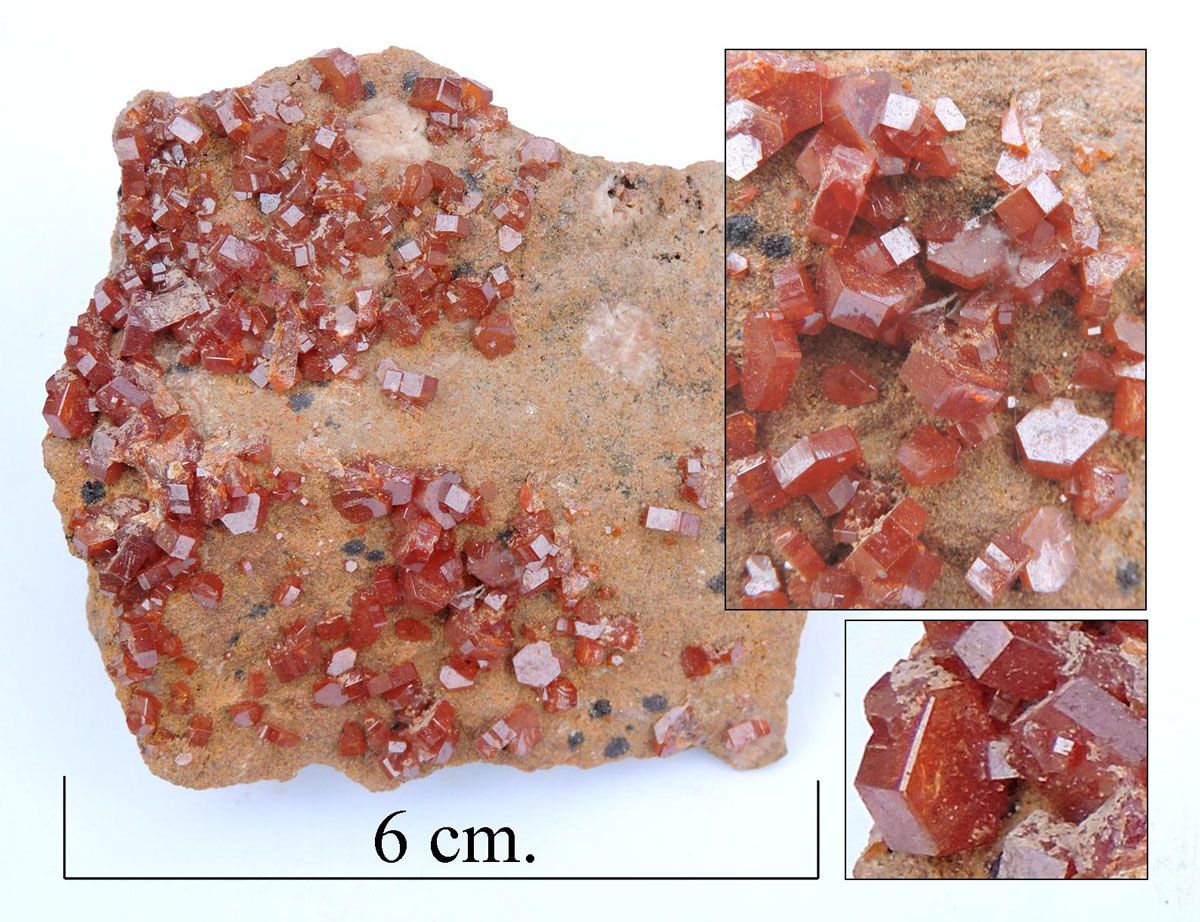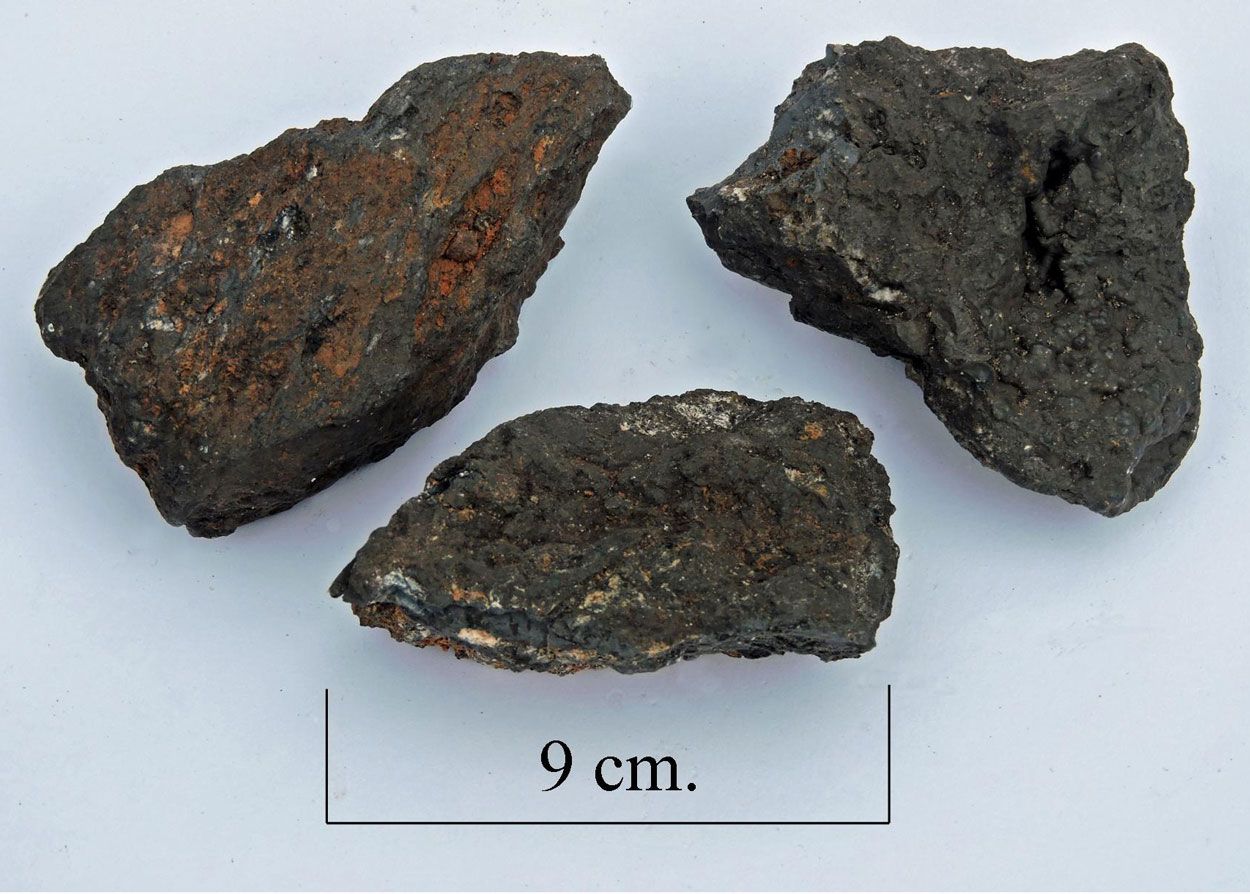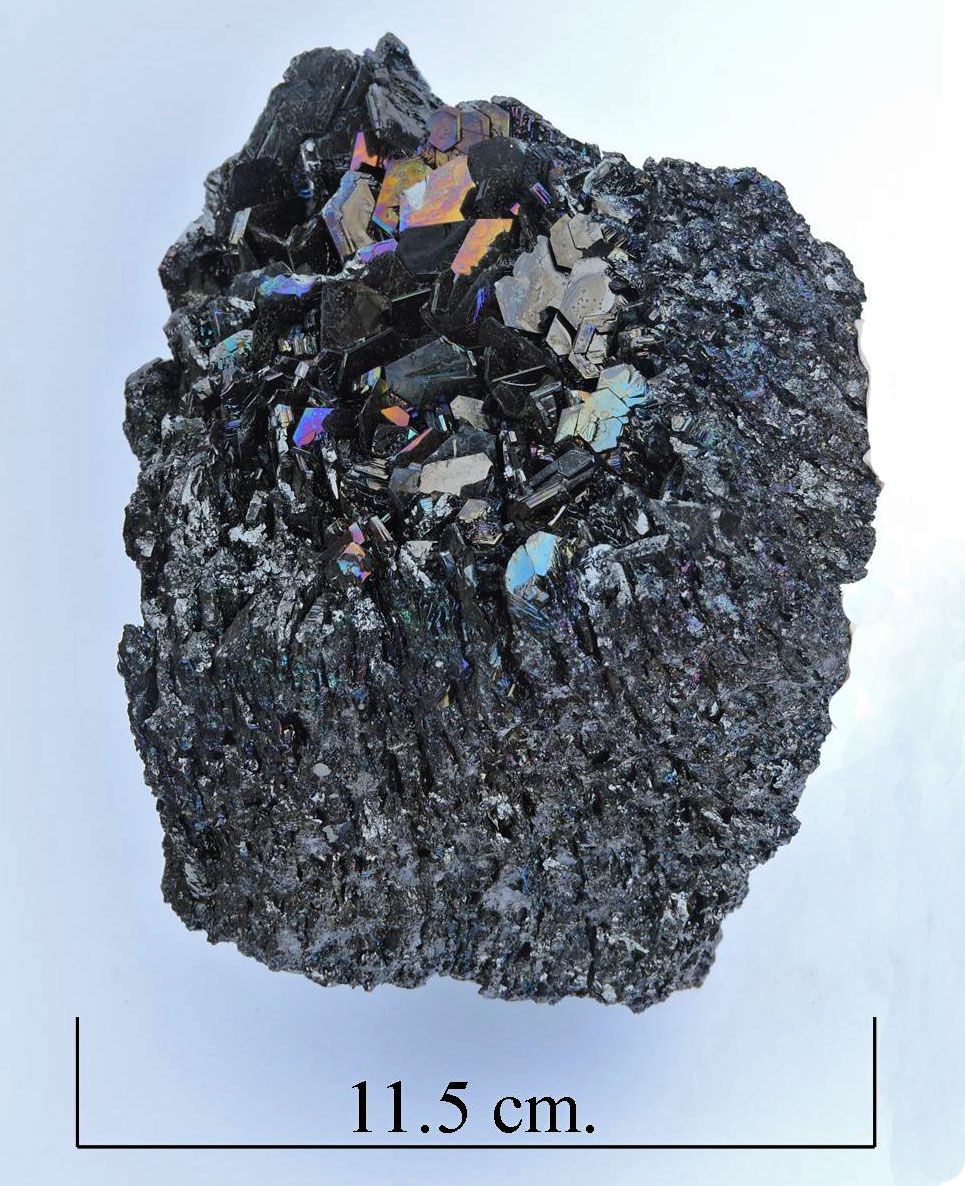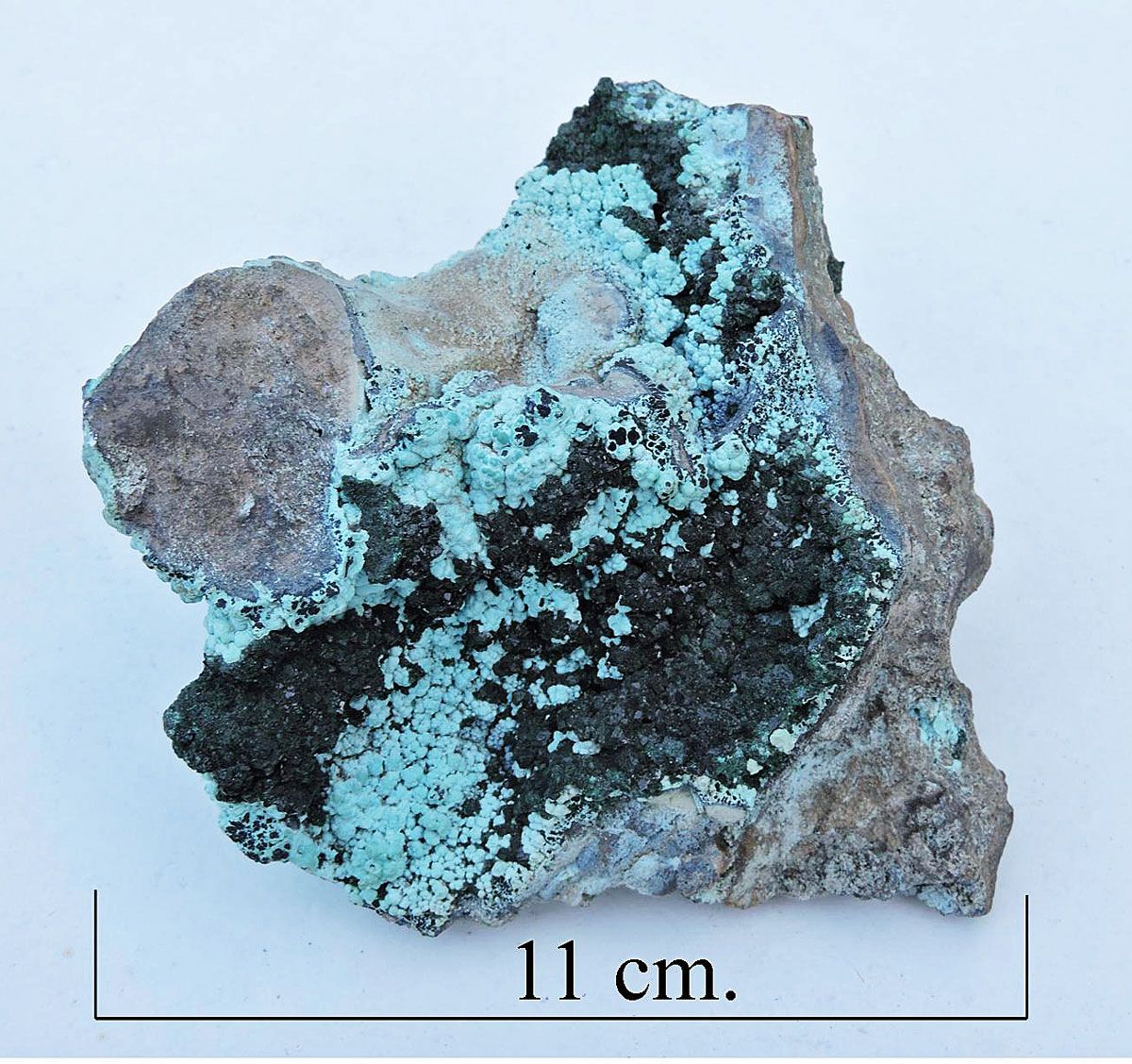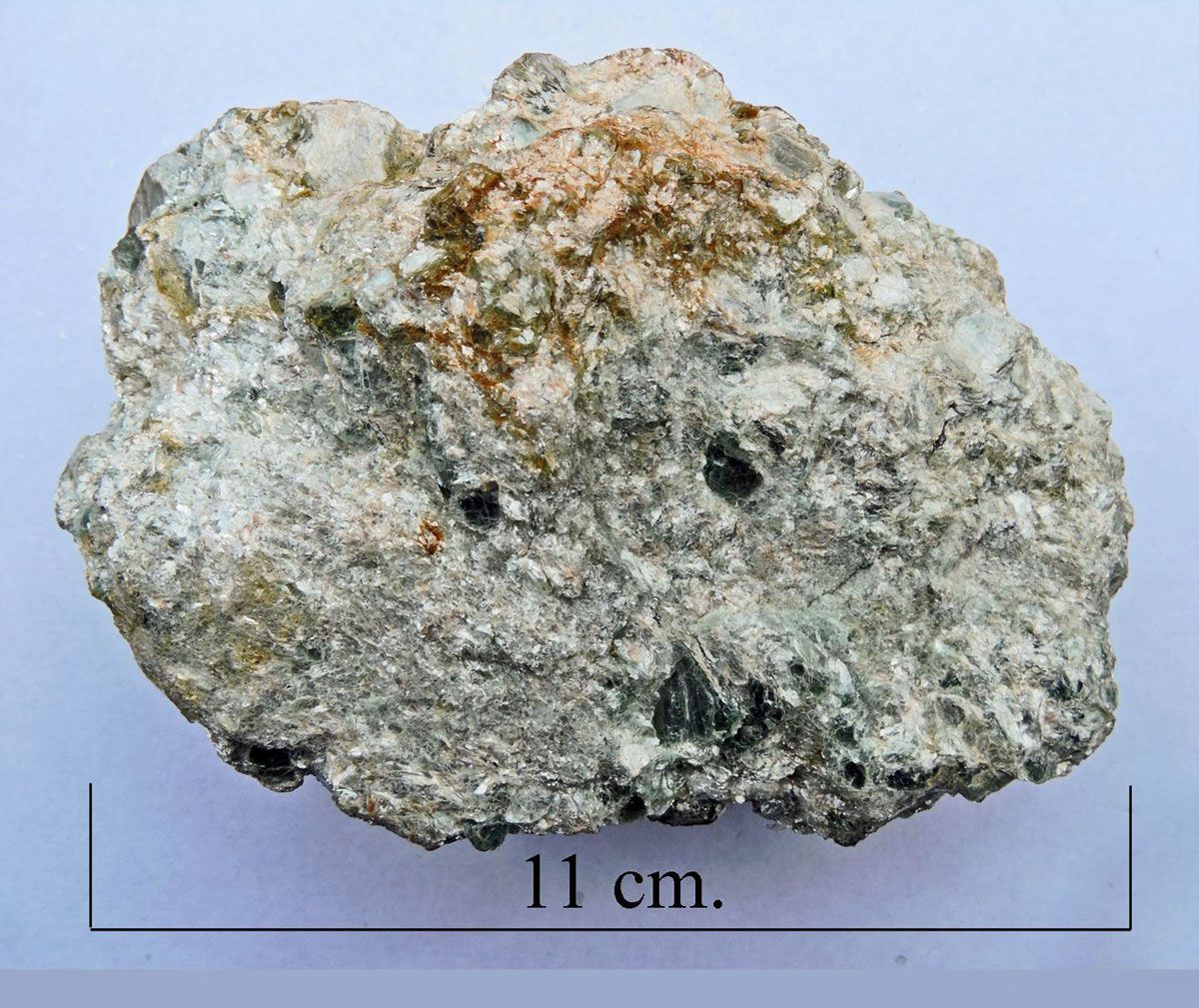
Damourite mica. Adelaide hills.
Damourite mica is a very fine grained variety of muscovite mica. KAl2(AlSi3O10)(OH)2 , and is described as an alteration mineral. When handled it has a greasy feel, and it's appearance is similar to serpentine. The specimen is from the Australian Industrial Minerals Mine, Williamstown, Adelaide Hills, South Australia, and was collected by the club's co-founder Jim Nicholls while working in the area.
